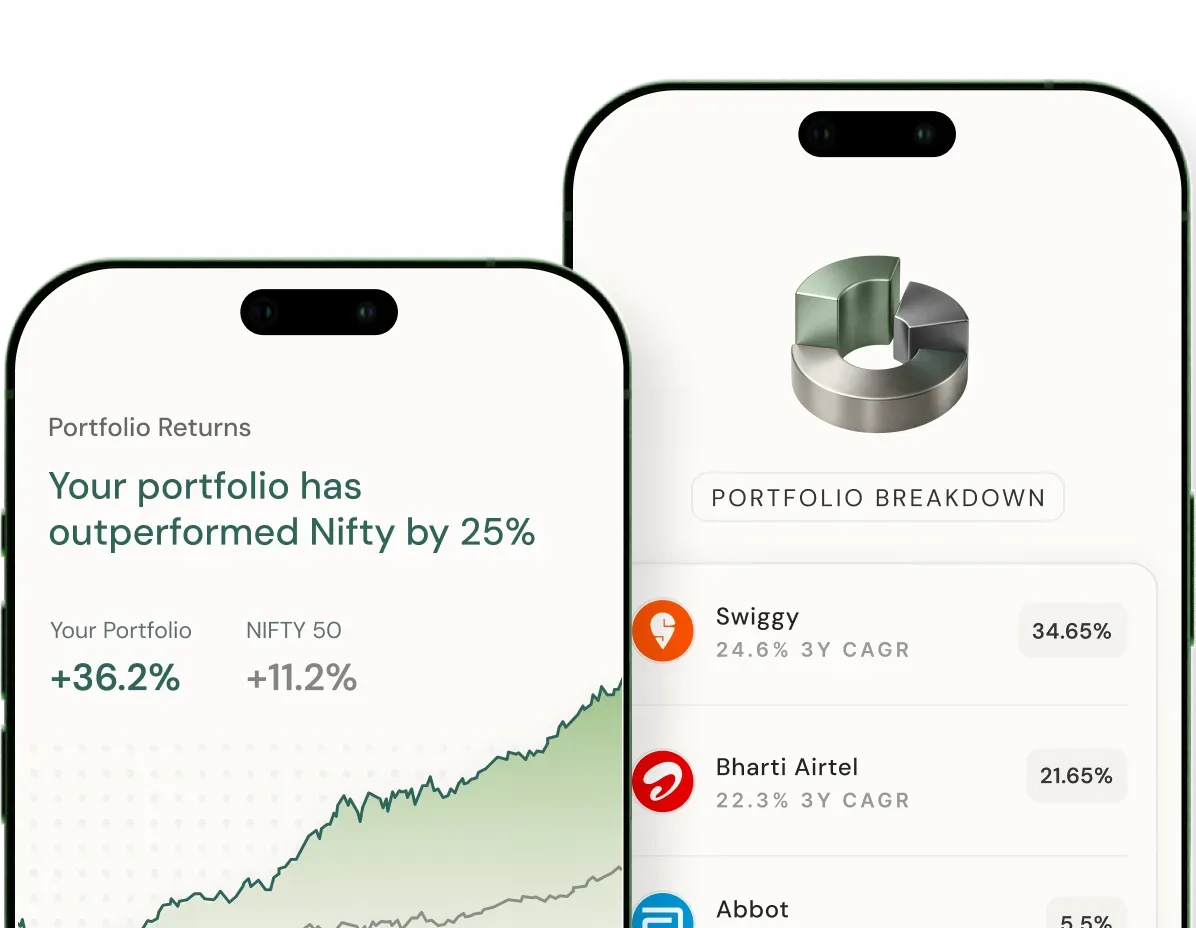High Return Mutual Funds
Mutual funds offer many investment opportunities, but high-return mutual funds are a go-to option for investors who want to maximise wealth. These funds primarily invest in equities, targeting significant long-term returns, though they come with higher risk. Let's delve into what makes these funds appealing and how to choose the best ones for your portfolio.
What are High Return Mutual Funds?
High-return mutual funds primarily focus on maximising capital appreciation by investing in high-growth stocks, typically from mid-cap or small-cap segments. These funds aim to outperform benchmark indices and often have a history of giving higher returns compared to other traditional investment options like fixed deposits or bonds. For example, some high-performing equity funds have provided average annual returns of 15-20% over five years, compared to the 6-7% of fixed-income instruments.
Features of High-Return Mutual Funds
- Equity-Focused: High-return mutual funds mainly invest in equities or stocks, which are known for their potential to provide better returns over the long term.
- Risk-Return Trade-off: These funds have a high-risk profile, making them a suitable choice for investors with a higher risk appetite. However, they also offer the potential for substantial long-term gains.
- Long Investment Horizon: To maximise returns, investors must remain invested for at least 5-7 years. For instance, mid-cap and small-cap funds can deliver returns as high as 25% over a decade, providing favourable market conditions.
- Actively Managed: High-return funds are often actively managed, meaning fund managers frequently adjust the portfolio to capitalise on market trends.
List of Top Performing Mutual Funds
Here’s a list of some of the top-performing high-return mutual funds as of 2024:
Who Should Invest in High-Return Mutual Funds?
High-return mutual funds are ideal for:
- Aggressive Investors: Those with a high-risk appetite looking to grow wealth over the long term.
- Long-Term Planners: Investors who can stay invested for more than 5-7 years to mitigate market volatility.
- Young Investors: Individuals in their 20s or 30s who are at the beginning of their investment journey, allowing them to take on more risk and ride out market fluctuations.
For example, if you're 30 and investing for retirement at 60, a small-cap fund could grow your wealth significantly over the next 30 years.
Taxation on High-Return Mutual Funds
Investments in high-return mutual funds, particularly equity mutual funds, are subject to capital gains tax. Here's a breakdown:
- Short-Term Capital Gains (STCG): If you sell your mutual fund units within one year, the gains are taxed at 20%.
- Long-Term Capital Gains (LTCG): Gains exceeding ₹1 lakh in a financial year after one year of holding are taxed at 12.5%, with no indexation benefit.
For example, if you earn ₹2 lakh from selling mutual funds after two years, ₹1 lakh will be exempt, and you will pay 12.5% tax on the remaining ₹1 lakh.
How to Choose the Top Performing Mutual Funds with High Returns?
Selecting a high-return mutual fund requires careful consideration of several factors:
- Fund Performance: Analyse the fund's historical returns over 3, 5, and 10 years. A good benchmark is whether the fund has consistently outperformed its peer group and relevant index.
- Expense Ratio: Funds with lower expense ratios provide better returns over time. Look for funds with an expense ratio below 2%.
- Fund Manager's Experience: A seasoned fund manager with a decent track record can make a huge difference. Check their experience and past performance.
- Portfolio Diversification: Ensure the fund has a diversified portfolio to balance risk across sectors.
High-return mutual funds offer a great opportunity for wealth accumulation, especially for investors with a high-risk appetite and a long-term outlook. While these funds can generate impressive returns, evaluating each fund's performance, expense ratio, and fund manager credibility is essential. Always align your financial goals with the fund’s risk profile and consult a financial advisor before making investment decisions.
You can secure a prosperous financial future by carefully selecting the right high-return mutual funds.











